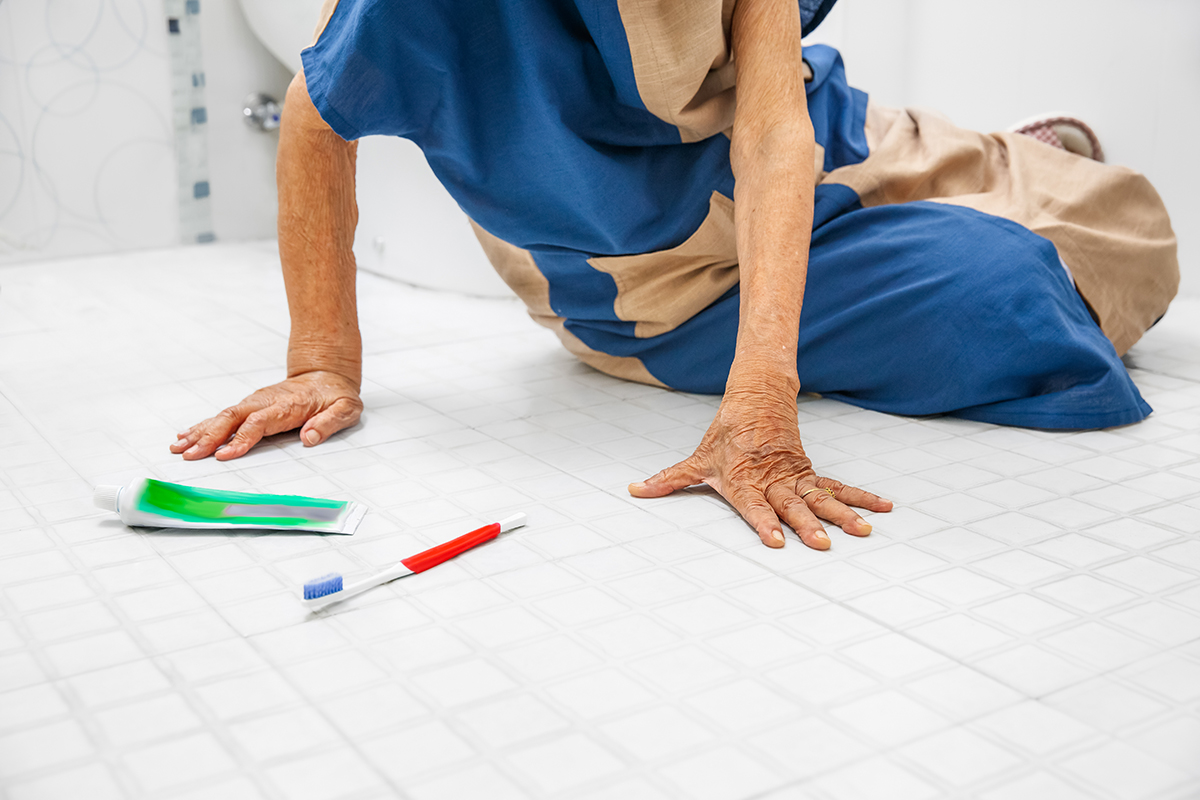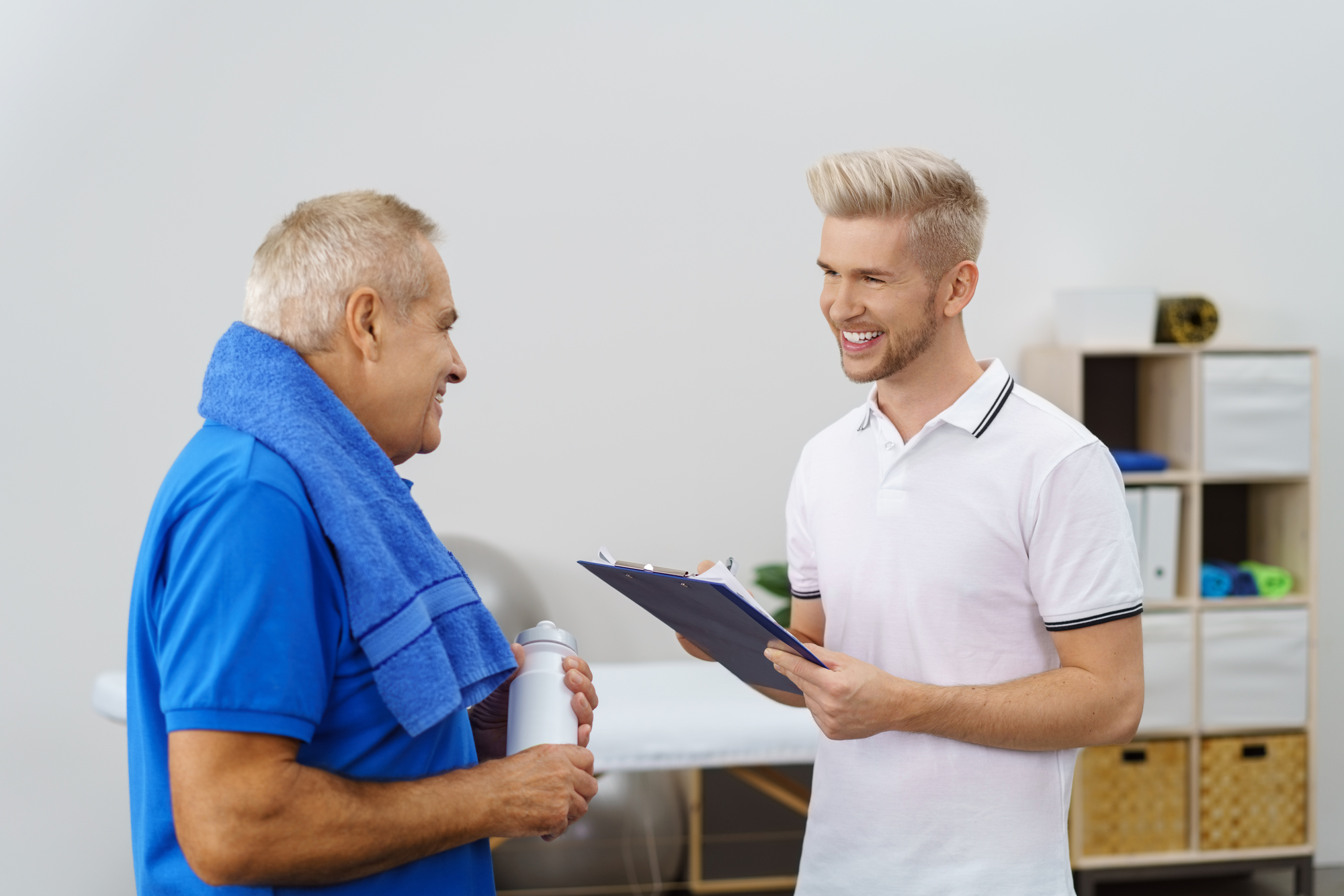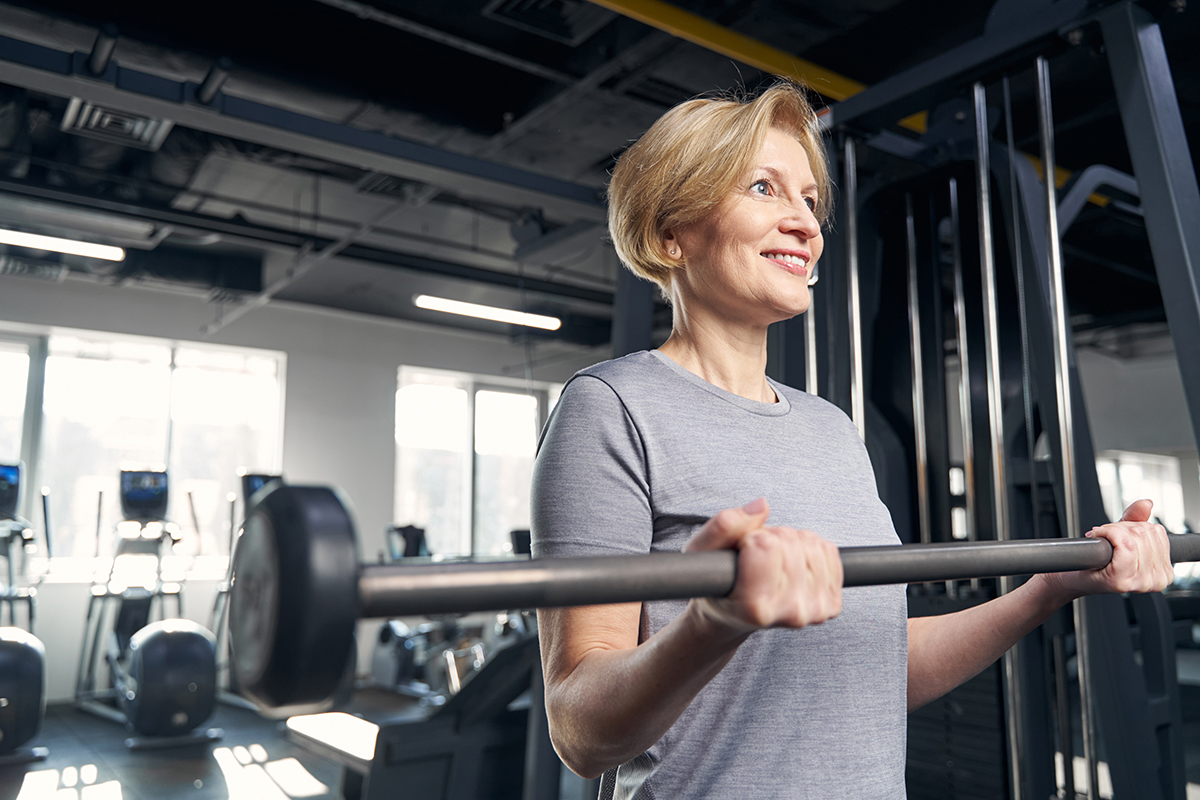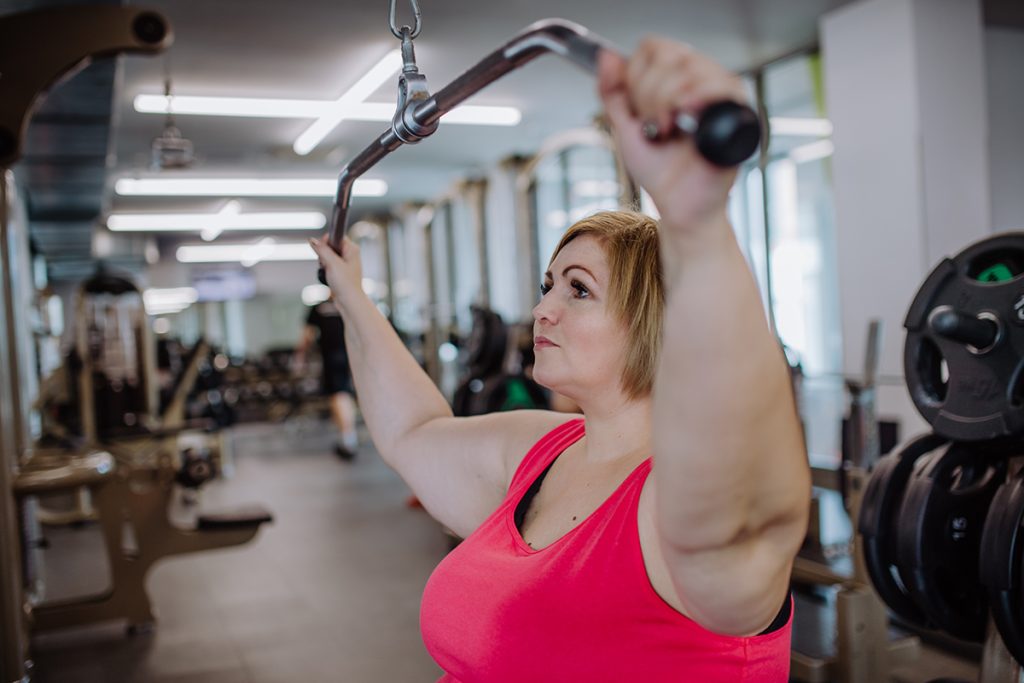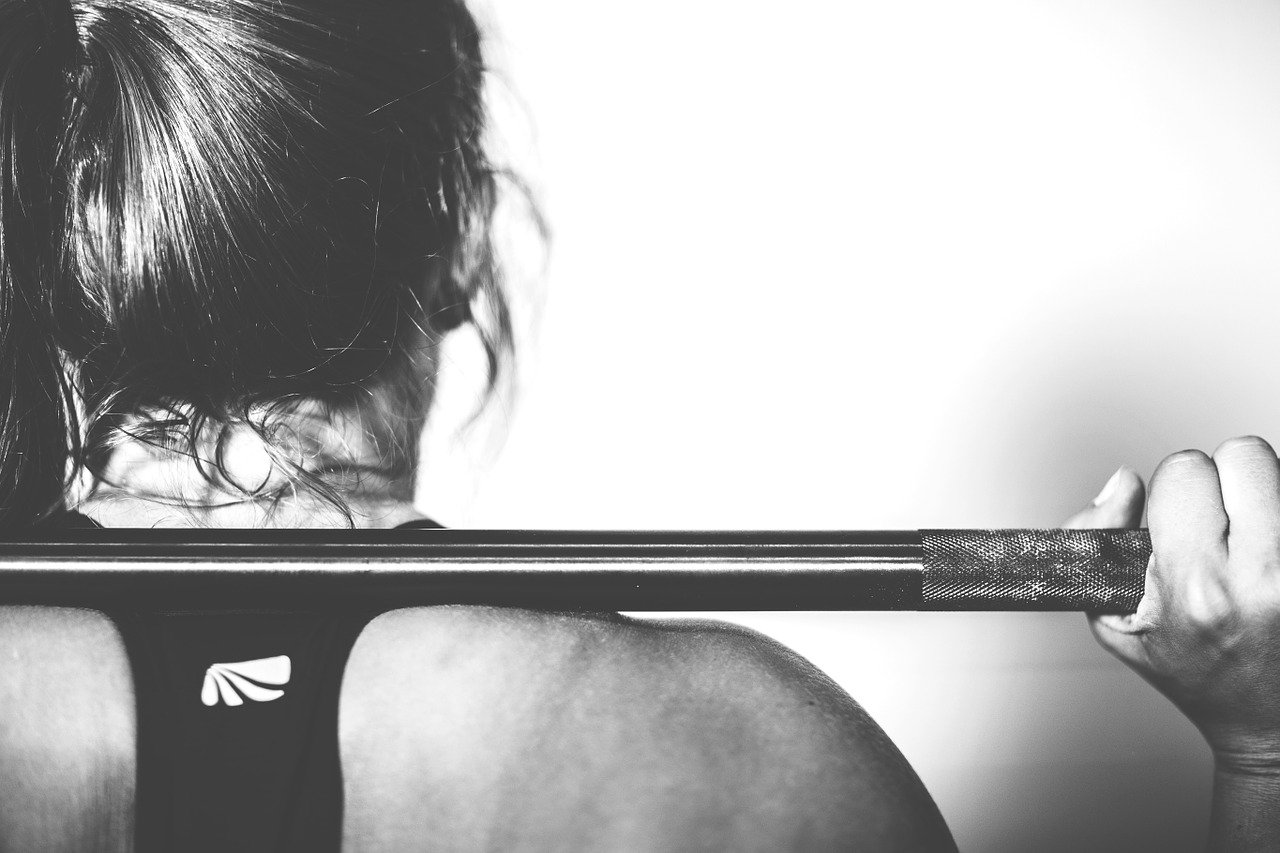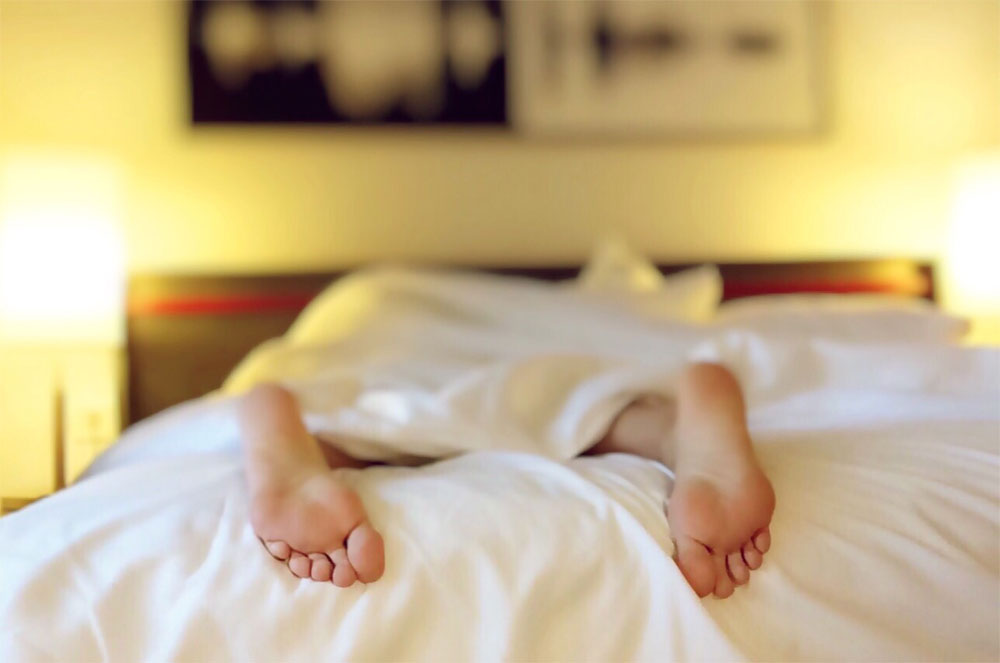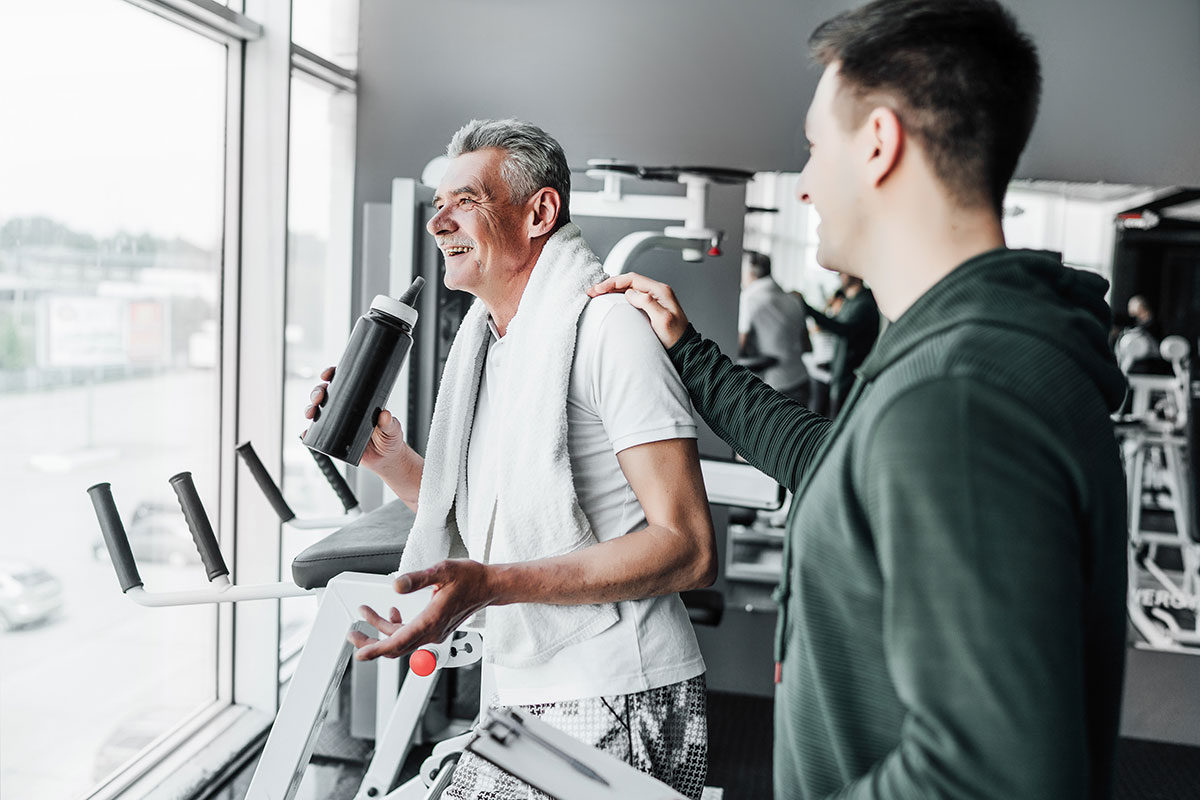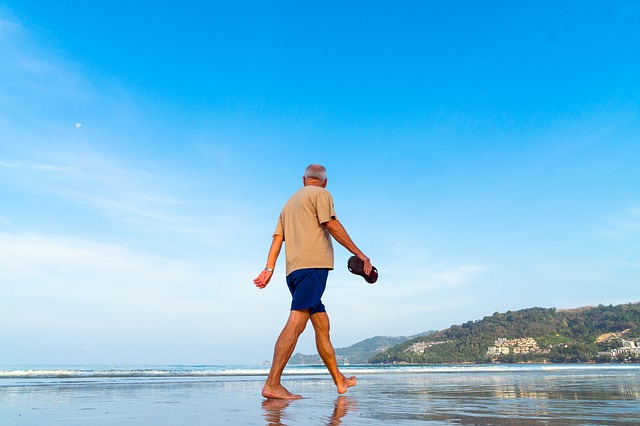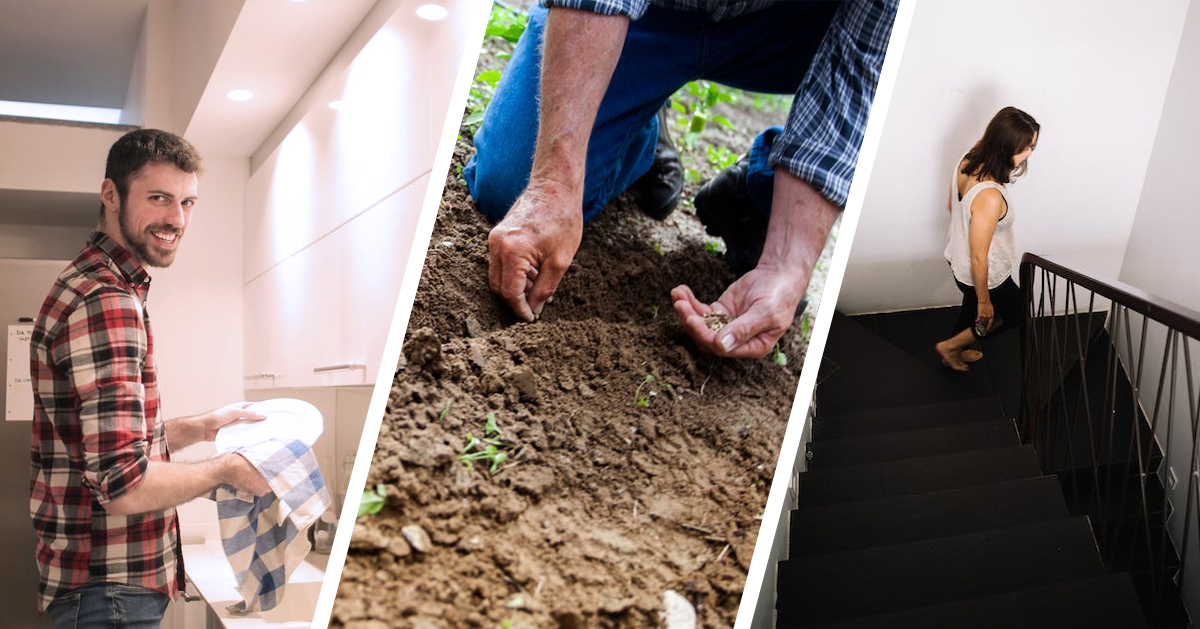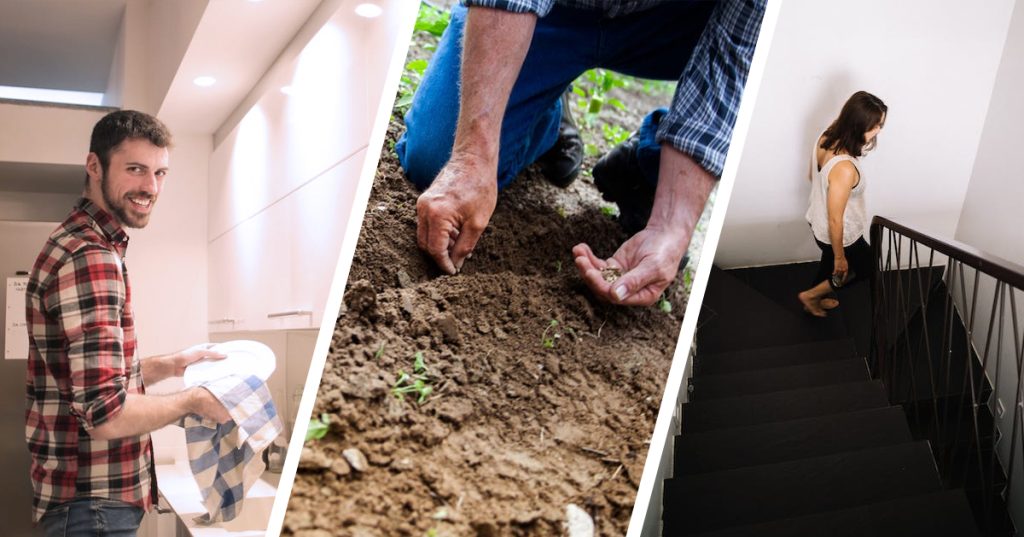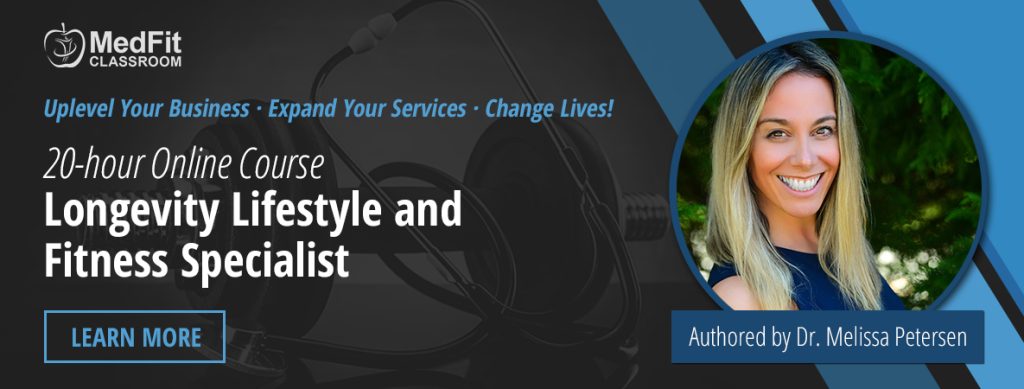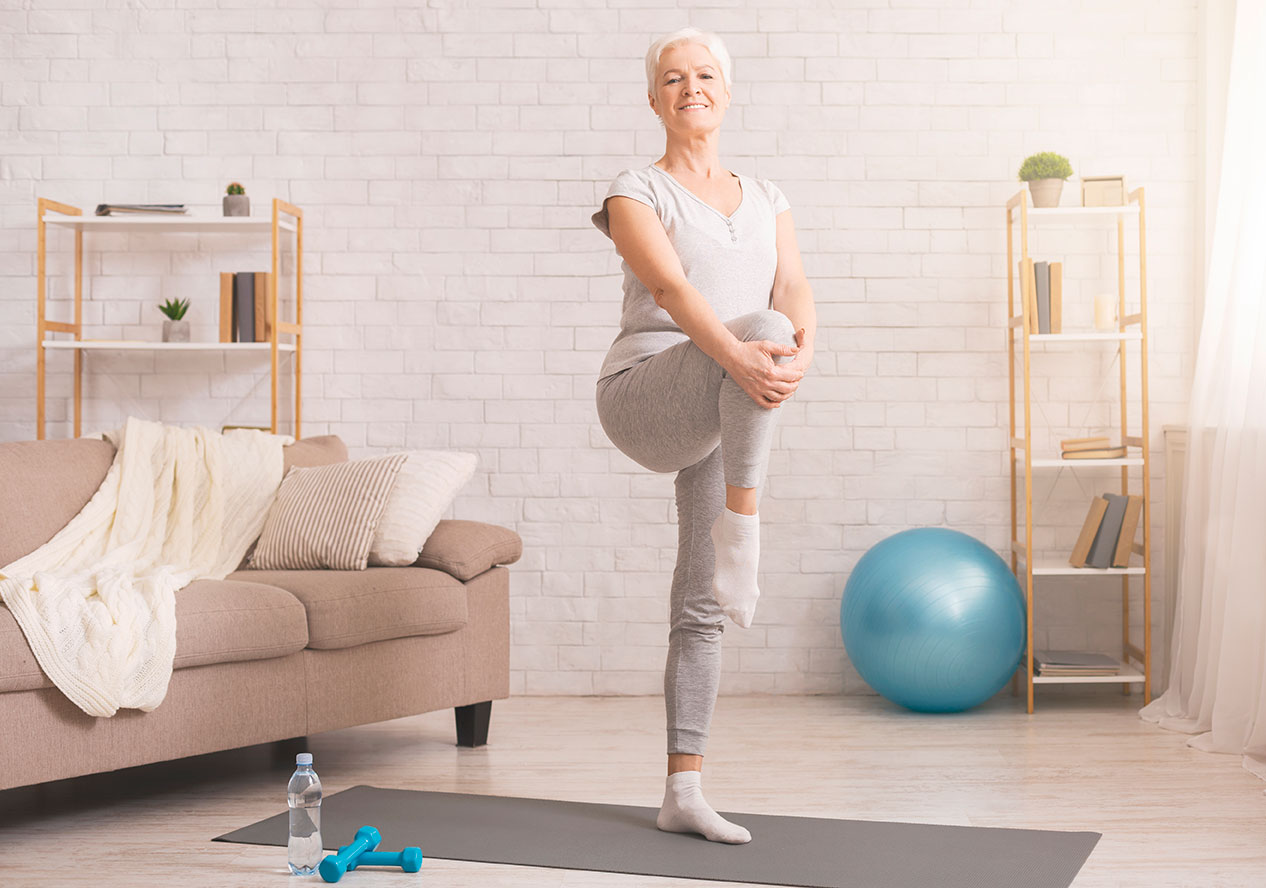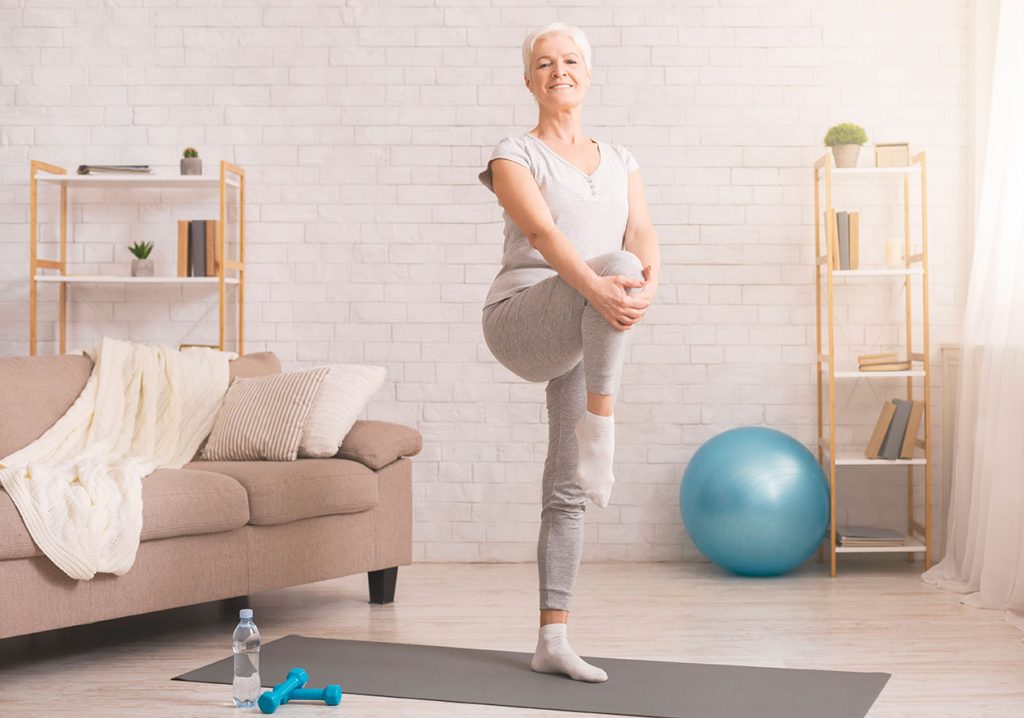September 18-22 is Falls Prevention Awareness Week!
One in four Americans over age 65 falls every year. Falls are the leading cause of both fatal and non-fatal injuries for seniors. Through practical lifestyle adjustments, evidence-based programs, and community partnerships, the number of falls among the aging population can be reduced!
September 18-22 is the National Council on Aging’s Falls Prevention Awareness Week. Visit the NCOA website for more Falls Prevention Toolkit, filled with resources for both the public and fitness professionals!
Video: 6 Steps to Prevent a Fall
Video courtesy of National Council on Aging.

